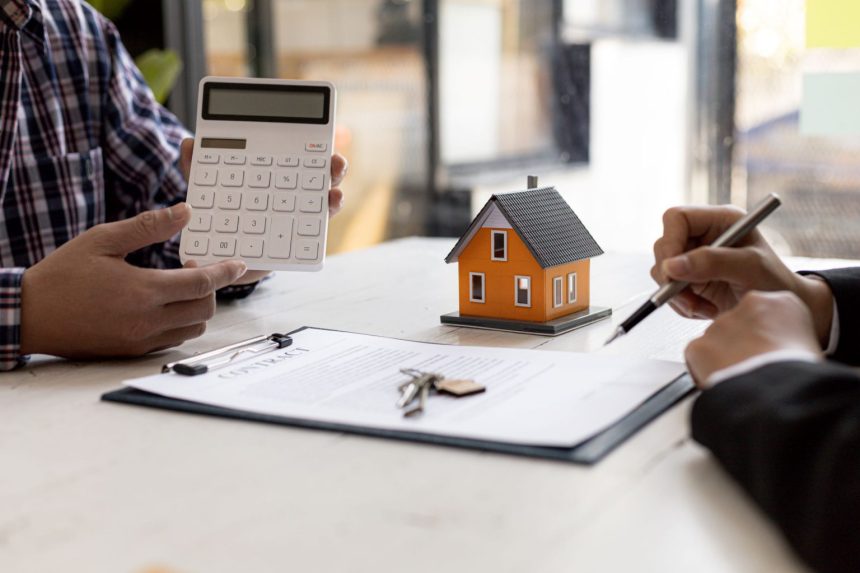When you sell certain assets like stocks and bonds, you usually need to report the gains and losses and pay taxes on any profits. However, when it comes to selling your primary residence, there are different tax implications.
If you sell your main home and make a gain, you generally need to include it in your taxable income. But there’s good news – you may be able to exclude up to $250,000 of the gain if you’re a single filer or up to $500,000 if you’re married filing jointly, as long as you meet specific requirements. This exclusion is known as the maximum exclusion.
To find out if the exclusion applies to you and how to claim it, continue reading.
Eligibility for Gains Exclusion
As mentioned earlier, the IRS provides homeowners with the Section 121 rule, allowing them to exclude a certain amount of gains from selling their primary home from their income. To be eligible for this exclusion of up to $250,000 ($500,000 if married filing jointly) in gains, you must meet the following requirements:
- Ownership-and-Use Test: You should have owned the home for at least two years and lived in it as your primary residence for at least two of those years. This two-year period must fall within the five-year period ending on the date of the home sale. The two-year period doesn’t have to be consecutive.
- No Prior Exclusion: You must not have excluded gain from the sale of another home during the two-year period leading up to the current home’s sale.
If you co-own the home and file separate returns, each owner may individually exclude up to $250,000 from their income, provided both meet the requirements listed above. Your portion of the gain is calculated based on your percentage ownership in the home multiplied by the total gain from the sale.
How Do I Claim the Primary Residence Exclusion?
After the sale of your home is completed, you will receive a Form 1099-S from your agent, broker, realtor, or lender. This form contains the necessary information to report the sale to the IRS, even if some of the gains are excludable.
If you qualify for the exclusion, you should utilize the details from Form 1099-S to report the sale on Form 8949 to calculate your gains. Subsequently, you can complete Schedule D. When filing your annual tax return, these forms must be included with Form 1040.
What Is the 2-Out-of-5 Rule for Capital Gains?
The 2-out-of-5 rule, also known as the ownership-and-use test, is a common rule applied to the sale of a primary residence. To qualify for the exclusion, a taxpayer must meet two eligibility requirements:
- The taxpayer must have owned the home for at least two of the last five years before the sale, and these two years don’t have to be consecutive.
- The taxpayer must have used the home as their principal residence during the same two-year period.
Additionally, the taxpayer cannot have used the same exclusion for another property within the last two years.
How Many Times Can I Exclude the Gain on the Sale of a Home?
You can only utilize the Section 121 exclusion (primary residence exclusion) to exclude the gain from the sale of a home once every two years. For instance, if you claimed the exclusion on your 2021 tax return, you cannot use it again for the sale of a home on your 2022 taxes.
How Do I Avoid Paying Capital Gains When I Sell My Home?
The IRS offers a tax break on capital gains from selling your primary residence through the Section 121 rule or the principal residence exclusion. Single filers can exclude up to $250,000, and married couples filing jointly can exclude up to $500,000 in gains, provided they meet specific conditions. To qualify, you must have owned the property for at least two of the last five years leading up to the sale (non-consecutively) and used it as your primary residence. However, if you sold another primary residence within the last two years, you cannot use this exclusion.
The Bottom Line
When you sell your home, you might need to report the profits, but the IRS allows you to exclude a portion of those gains—up to $250,000 for single filers or $500,000 for married couples filing jointly. To qualify, the home must have been your primary residence, and you must have owned it for at least two of the last five years leading up to the sale. The two-year period doesn’t have to be consecutive. Keep in mind that you can’t use this exclusion more than once within a two-year period. If you need more information on your tax liability, consider consulting a tax professional.












